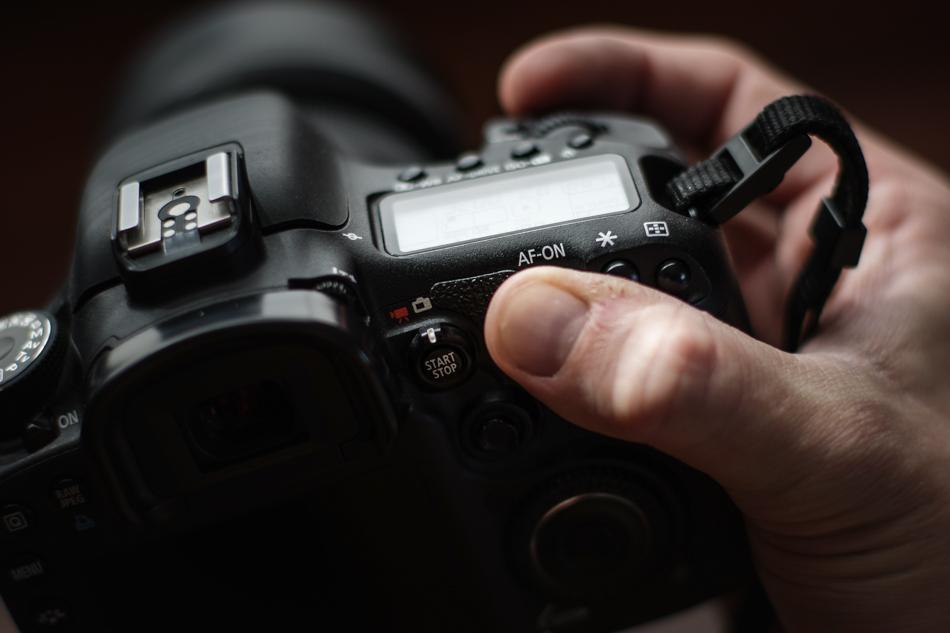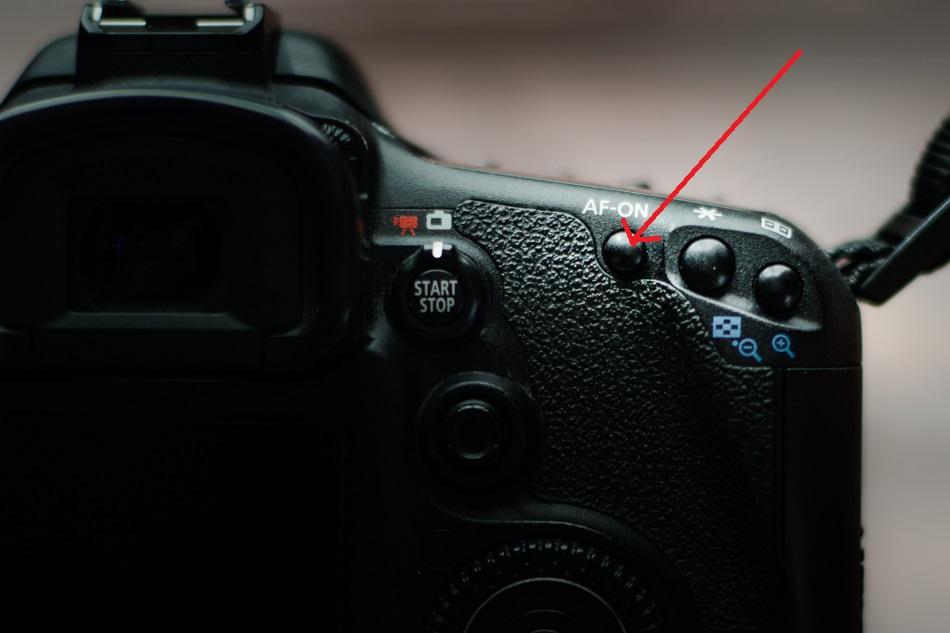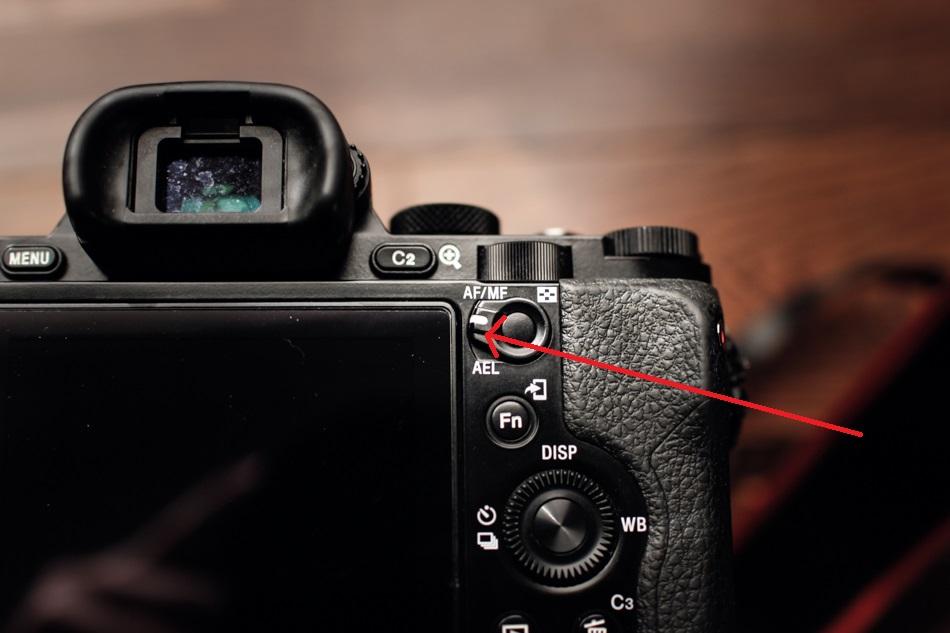Understanding Back-Button Focussing
Let’s face it, there are some things about our cameras that we simply have trouble understanding. Most of today’s high-end digital camera bodies have buttons and knobs and numbers that can leave you feeling somewhat overwhelmed.
The great thing about all these seemingly arbitrary bells and whistles is that they can help you improve your photography immensely once you understand how they function.
There is one function in particular, called back-button focusing that has seen been popular amongst the pros for some time and is now growing in popularity among enthusiast and aspiring professional photographs alike.

Unfortunately, back-button focusing is a technique which is slightly misunderstood and therefore underused. As we have all probably learned the hard way, the difference between getting a great shot or nothing at all often comes down to just a few milliseconds of time. The amount of time it takes to move a finger or press a button can rob you of a terrific photograph. This is where back-button focusing (by focusing we mean autofocusing) can really save the day… and your photo.
I will stop here to mention that there is no substitute for learning how your own camera operates. Your owner’s manual is your neglected best friend who you don’t see as often as you should since you began dating your camera… While most digital cameras have the ability to be programmed for back button focusing the methods used vary so much that it would be difficult to list them all here.
This article is meant to explain back-button focusing and auto exposure lock as a technique more so than to be a tutorial on how to operate your specific camera. So, after reading this be sure to carve out a little time for your old friend and learn exactly how to try out back-button focusing with your very own camera. Now, back to business.
What is BackButton Focusing?
The concept is so beautifully simple that it sometimes gets lost in translation. Back-button focusing is simply the act of using another button other than your camera’s shutter release to perform autofocusing and/or metering.
Generally, when making a photograph using your camera’s autofocus and auto metering a half-press of the shutter button tells your camera to meter and focus using whichever autofocus points you have selected.
With back-button focusing you are able to free up the shutter button to be just the shutter button and have no effect on either the metering or the autofocus or both.
It is delightfully simple to program… no… to personalize ( much cooler) your camera to use back-button focusing.
Some cameras have the capability to assign another button to perform this function while others have a dedicated AF button (sometimes called “AF On”) located on the back of the camera body.

Hence the term “back-button focusing”. Isn’t that fun? How you will go about assigning what button controls your autofocusing will vary depending on camera models but the overall process will be quite similar.
How Can BackButton Focusing Help You?
It comes down to saving you those precious moments that can make all the difference. Using a separate button to autofocus on your subjects allows you to dictate when and how you focus. Here are a few reasons back-button focusing can be the way to go:
- You eliminate the shaky finger variable. When autofocusing using the half-press method of the shutter button, you must keep the button continuously pressed in order to maintain focus. If you release the button the camera will refocus once the button is again pressed. Using a back-button to focus allows you to activate the shutter with more authority.
- Reduce premature exposures. Just as it is easy to release the shutter button during half-press, it is also easy to press the shutter button too hard while attempting to autofocus. This leads to unusable frames and missed shots. Back-button focusing decouples the shutter button’s interaction with focusing.
- Easier “focus and recompose” capability. From time to time, we need to focus on one part of the scene and then move the camera to gain a better composition. Back-button focusing allows you to first choose a focal point, move the camera into position, and then make the shot without causing the camera to refocus. This can sometimes come in handy if you like to autofocus your landscape images.
A Word on Focusing Modes and AE Lock
Auto Exposure Lock
Usually, whenever the concept of back-button focusing is brought up so too is auto exposure lock (AEL). AE Lock is similar to back-button focusing in that it allows you to operate the shutter button without your camera attempting to meter the scene each and every time.

This enables the shooter to meter one specific area within an image and then lock that exposure in the camera. After the exposure settings are locked, the photographer is then free to recompose the shot and finally make the exposure. This is really helpful when you are working with compositions when there is a significant contrast between lights and darks. An example would be when you have a bright sky and a dark foreground. Much like back-button focusing, AE Lock liberates the shutter button to operate only the shutter which gives you much more control of your exposure metering.
Focusing Modes
Regardless of what method you use to autofocus, back-button or otherwise, you must understand how your camera will focus on a scene. Back-button focusing does not change how the autofocus mechanism functions within your camera; it only changes how that mechanism is triggered.
This understanding becomes especially important when shooting sports and other fast moving subjects. In order to get the full benefit of back-button focusing, your camera must be set to an autofocus mode that allows continuous or dynamic autofocusing. Again, the terminology will vary between manufacturers (remember your old friend the manual) but common terms for continuous autofocus are AI-Servo (Canon) and AF-C (Nikon).
Continuous autofocusing modes lock on to a point in the frame and focus on that point as it moves. This is extremely helpful when using back-button focusing because it allows the photog to be ready to fire the shutter without having to refocus on the subject.
Back-button focusing is easy to do, saves time, and makes you a more efficient shooter. There’s no reason not to experiment with the technique and find out if it works for you. With a little practice it easily becomes second nature and you might find yourself wondering why it’s taken you so long to give it a try.
Whether you shoot sports, landscapes, or anything in between, back-button focusing will give you much more control over how your camera operates which will in turn give you much more control over your photography.
